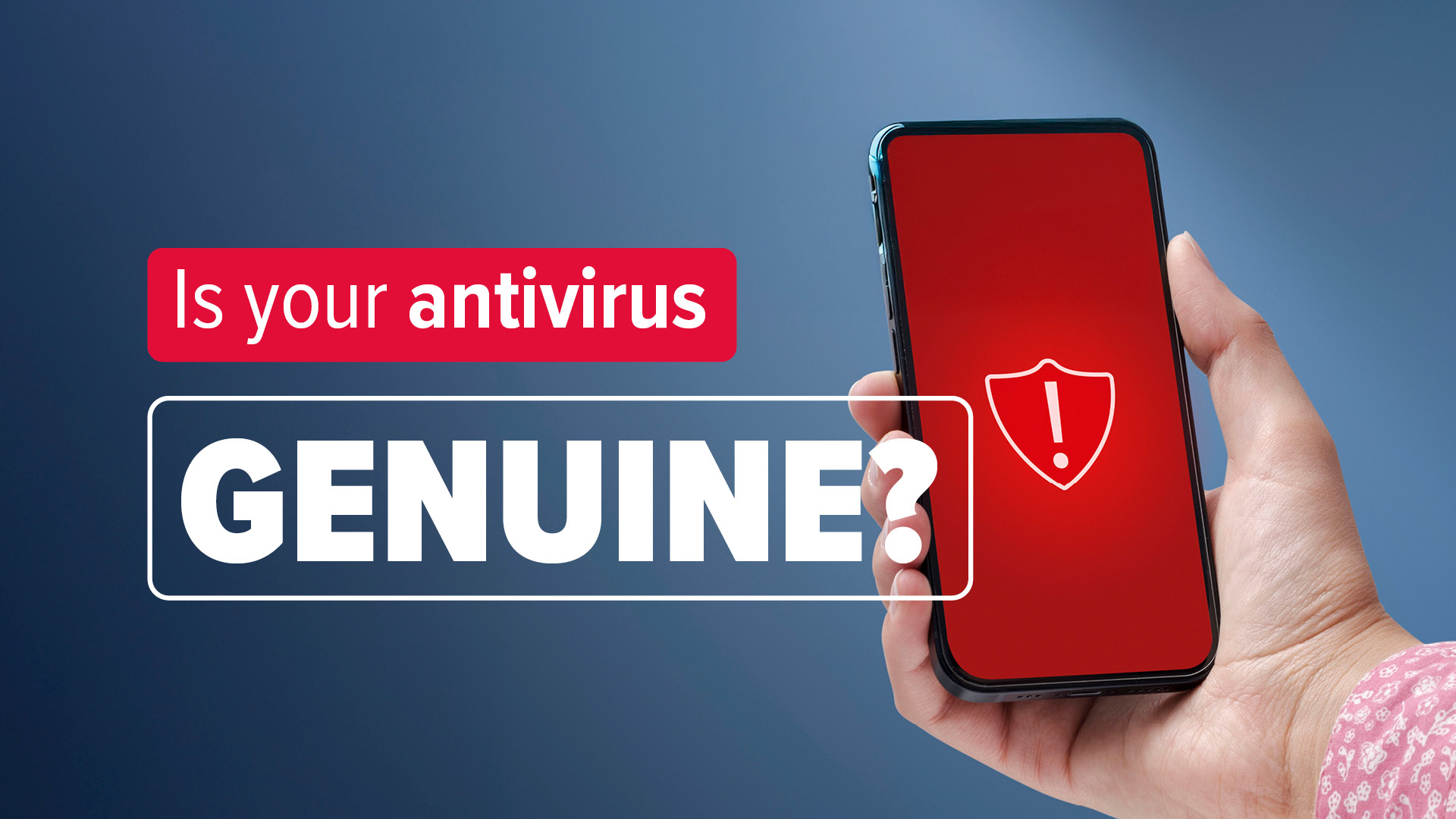Watch Out for a New Scammer Tactic

In today’s digital age, scams, and cyber threats are becoming more sophisticated and harder to detect, thereby drastically affecting individuals and organizations. One of the ways cyber-criminals get their victims is through their mobile devices. According to a report in the Current State of Cybercrime, 70% of fraudulent transactions originated in the mobile device channel, and a 680% increase in fraudulent transactions from mobile apps (2015-2018). For instance, one of the scams that are on the rise is push bombing, a new tactic used by scammers to steal sensitive information and disrupt business operations. This new threat is particularly dangerous as it targets individuals and organizations through their mobile devices, exploiting their trust in push notifications. In this article, we will discuss the dangers of push bombing, how it works, and how organizations and businesses can protect themselves from this emerging threat.
What is Push Bombing?
Push bombing is a new and growing threat that should not be taken lightly. The tactic involves scammers sending an overwhelming amount of push notifications to a victim’s phone, using psychological tricks to get them to act quickly and impulsively. Furthermore, the notifications often claim that the victim’s account has been compromised. They can also say they have won a prize (free gifts or money) and must act quickly to claim it.
However, the goal is to create a sense of urgency and pressure in the victim and get the victim to click on a malicious link that leads to a fake website. Victims are then prompted to enter sensitive information. This can include login credentials and financial information. Push bombing scams are especially dangerous because they are difficult to detect. Additionally, the notifications look and feel like legitimate alerts from trusted sources, making it easy for scammers to take advantage of even the most cautious of individuals. Various ways cyber-attackers go about this is using tactics like social engineering, phishing, and malware to manipulate victims into handing over their information without verifying the source and legitimacy of the request.
How Push Bombing Works?
Push bombing works by exploiting the emotional state of the victim. Additionally, the push notifications used in push bombing scams can mimic notifications from well-known brands, government agencies, or financial institutions. This makes them even more difficult to detect. Scammers use tactics like phishing, social engineering, and malware to manipulate the victim into thinking that they are receiving legitimate alerts from trusted sources. The victim is then prompted to enter their personal and financial information on a fake website. This fake website is controlled by the scammers. The information that is collected is then used for fraudulent purposes, such as identity theft, financial fraud, and more.
The Dangers of Push Bombing
Push bombing is a threat that should not be taken lightly. In other words, it can have serious consequences for individuals and organizations. Some of the dangers of push bombing include:
Phishing and Personal Information Theft
The primary goal of push bombing is to trick victims into giving away sensitive information, such as login credentials, credit card numbers, or other personal data. This information can then be used for identity theft or financial fraud.
Malware and Virus Infections
By clicking on a malicious link in a push notification, the victim’s device can become infected with malware or a virus. Furthermore, this can give the attacker access to the victim’s device and sensitive data. They can even spread to the entire network.
Business Disruptions
Push bombing can cause significant disruptions to business operations, as it can slow down or even crash systems and networks. After that, there can be lost productivity, lost revenue, and even damage to the business’s reputation.
Increased Costs
Dealing with the aftermath of a push bombing attack can be expensive. To clarify, it often requires the services of a professional IT security team to clean up the mess and restore normal operations.
Decreased Trust in Mobile Devices
Push bombing can also lead to decreased trust in mobile devices and push notifications. As victims become wary of clicking on notifications, it can negatively impact the use of legitimate push notifications for communication and business purposes. This can result in missed opportunities, decreased efficiency, and reduced overall productivity. It is essential for individuals and organizations to be aware of the dangers of push bombing. Additionally, they need to take proactive steps to protect themselves from this growing threat.
How to Protect Yourself and Your Business from Push Bombing
The good news is that individuals and businesses can take steps to protect themselves from push bombing scams. Here are some best practices to keep in mind:
Train and Raise Awareness Among Employees
Educate employees on the dangers of push bombing and how to identify and avoid unexpected and malicious notifications. For instance, training on phishing tactics, recognizing fake URLs, and understanding the risks of clicking on unknown links.
Implement Mobile Device Management (MDM) Solutions
MDM software can help to secure mobile devices and prevent push bombing attacks. In other words, MDM software controls access to applications and data, monitoring device usage, and detecting suspicious activity.
Regularly Update Software and Devices
Keeping software and devices up to date with the latest security patches and software updates can help to prevent push bombing attacks and other security threats.
Use Anti-Virus Software
Install anti-virus software on all mobile devices to protect against malware.
Monitor Push Notifications
Regularly monitoring push notifications and flagging any that seem suspicious can help to prevent push bombing attacks and minimize the risk of falling for a phishing scam.
Monitor Network Traffic
Monitor network traffic to detect and prevent the spread of malware.
Be Cautious of Push Notifications with a Sense of Urgency
Be wary of push notifications that ask for immediate action, as these are often used in push bombing attacks. Take the time to verify the source of the notification. Additionally, ensure that it is legitimate before clicking on any links.
Tips to keep in mind in order to protect yourself from push-bombing scams
To protect yourself from push bombing scams, it is important to be cautious of any unexpected notifications. Most importantly, those that contain urgent or alarming messages. Here are a few tips to keep in mind:
- Verify the source of the notification
Before clicking on any push notifications, take the time to verify the source of the notification and ensure that it is legitimate. Look for signs of phishing such as spelling or grammar mistakes, fake URLs, or requests for personal information.
- Don’t click on suspicious links
If a push notification seems suspicious or you are unsure of its authenticity, do not click on any links or download any attachments.
- Educate yourself and others
Stay informed about the latest scams and phishing tactics, and educate yourself and others on how to recognize and avoid them.
Get Ready to Protect Yourself from Push Bombing
Copperband Technologies can help secure your southern Kentucky or Middle Tennessee business by ensuring your mobile phone is protected from push bombing scams. Contact us today to schedule a consultation! Call 931.263.8000 or email us.






